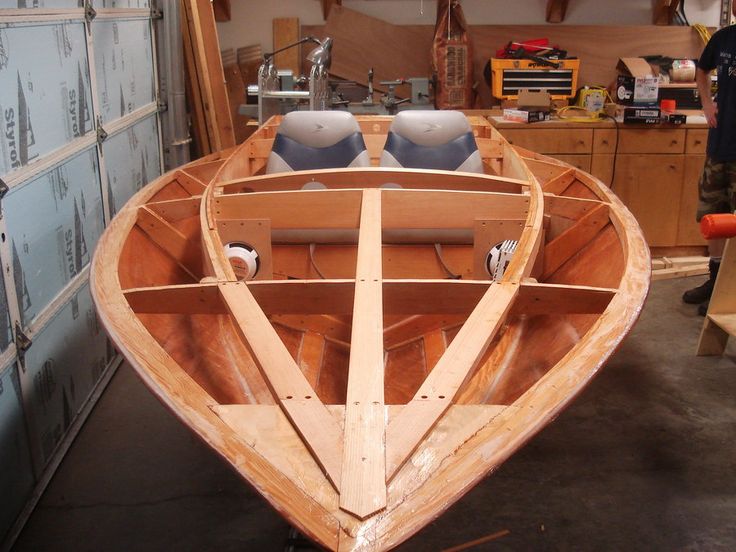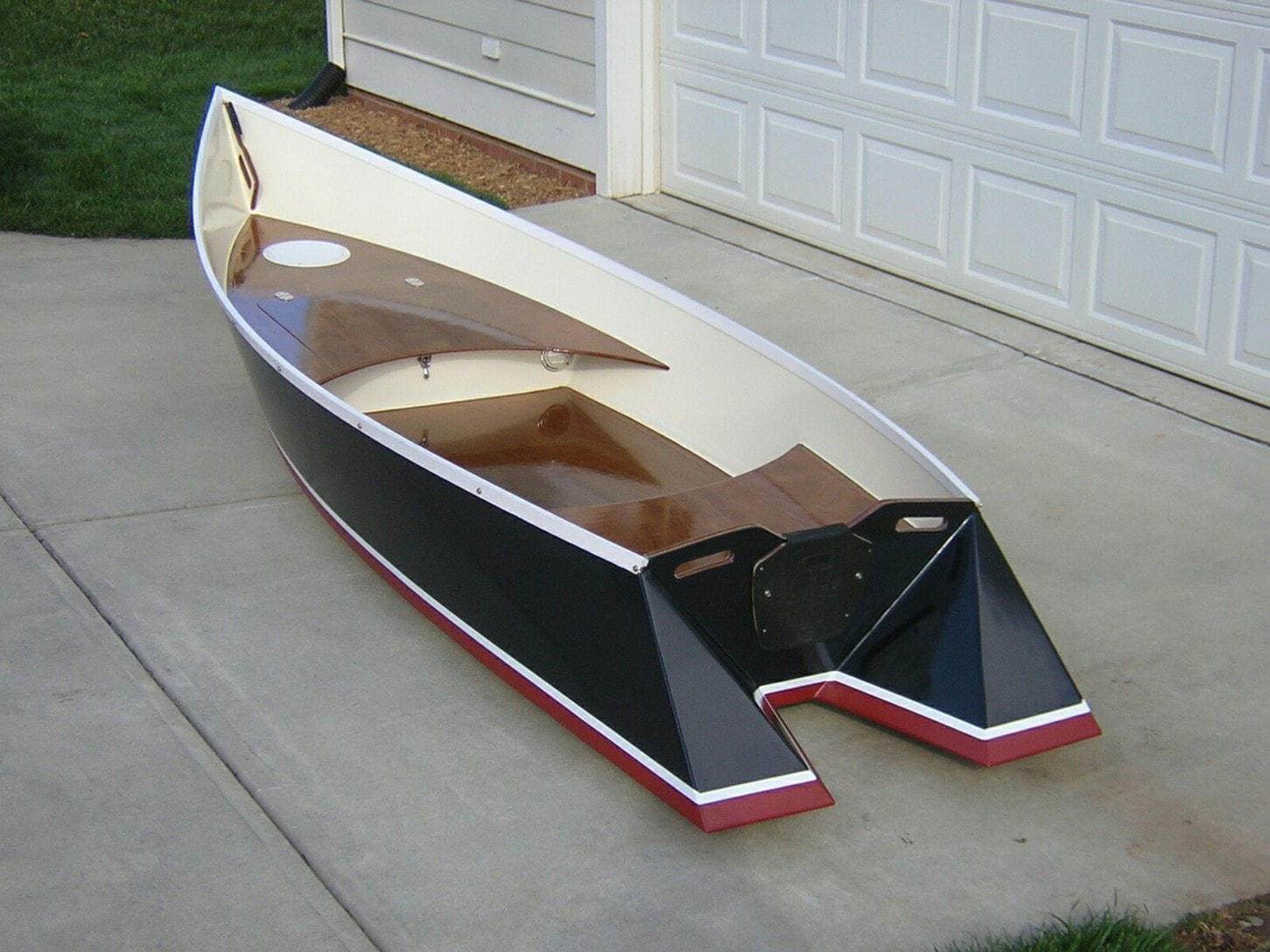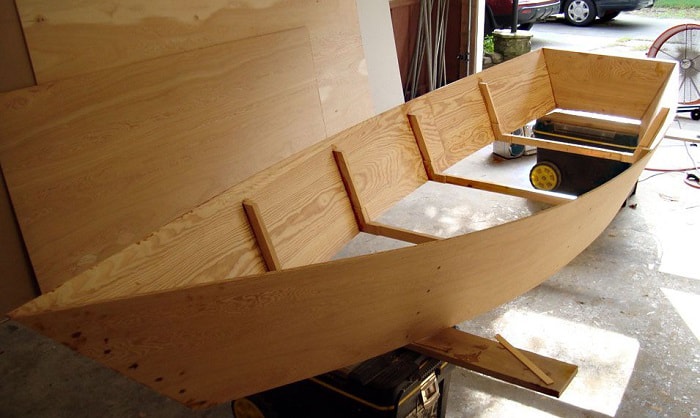
Skiff Plans: Your Gateway to Classic Designs and Reliable Performance
Ah, skiffs! They're like the classic muscle cars of the boating world - simple, rugged, and built to last. And the best part? You can build your very own from scratch with a set of skiff plans.
Skiff plans aren't just about building a boat; they're about embarking on a journey of craftsmanship, self-sufficiency, and creating a vessel that reflects your personal vision. Whether you're dreaming of a classic wooden skiff or a modern, high-performance design, there's a plan out there waiting to be brought to life.
Let's dive into the world of skiff plans and discover why they're the perfect choice for boat builders of all experience levels.
What Exactly Are Skiff Plans?
Imagine having a detailed blueprint for your dream boat. That's precisely what skiff plans offer. They're essentially a set of technical drawings and instructions that guide you step-by-step through the entire boatbuilding process.
Skiff plans typically include:
- Detailed drawings: These show you the shape of your boat, including the hull, deck, and all the structural components.
- Material lists: A comprehensive list of all the wood, hardware, and other materials you'll need to build your skiff.
- Construction instructions: Step-by-step guidance, often with illustrations, on how to assemble your skiff.
- Optional features: Some plans may offer variations, like different seating arrangements or engine options.
The Beauty of Classic Skiff Designs
Classic skiff designs are timeless for a reason. They're known for their:
- Simplicity: The clean lines and straightforward construction make them perfect for both beginners and experienced boat builders.
- Seaworthiness: Skiffs are renowned for their stability, even in rough waters, thanks to their wide, shallow hulls.
- Versatility: Skiffs can be used for fishing, cruising, or even just leisurely paddling around the lake.
- Elegance: The graceful curves and traditional craftsmanship of classic skiffs are a sight to behold.
Some popular classic skiff designs include:
- The Dory: A classic fishing boat with a distinctive flared bow and wide beam.
- The Whitehall: A beautiful rowboat with a pointed bow and a graceful sweep to its lines.
- The Sharpie: A flat-bottomed skiff with a distinctive sharp bow.
Finding the Perfect Skiff Plans for Your Project
With so many skiff plans available, finding the right one for you can be a fun and exciting adventure. Consider these factors:
Your Skill Level
If you're new to boatbuilding, look for plans that are specifically designed for beginners. They'll often have more detailed instructions and simpler construction methods. Experienced builders can explore more challenging designs.
Your Desired Length and Beam
Do you want a small, nimble skiff for solo fishing, or a larger one that can accommodate your whole family? Consider your intended use and how much space you need.
Your Budget
Different plans call for different materials, so consider your budget when making your selection. Some skiffs can be built affordably with readily available materials, while others might require specialized woods or hardware.
Your Personal Style
Ultimately, the best skiff plans for you are those that resonate with your vision and style. Browse through different designs and see which ones spark your creativity!
The Benefits of Building a Skiff from Plans
Building a skiff from plans isn't just about the end product; it's about the entire process. Here's why it's such a rewarding experience:
- Sense of accomplishment: Building your own boat from scratch is an incredible achievement that you'll cherish forever.
- Customization: You can personalize your skiff by choosing the wood, finish, and even the color scheme to suit your taste.
- Cost savings: Building your own boat can save you a significant amount of money compared to buying a new one.
- Learning experience: The process teaches you valuable woodworking skills and provides a deep understanding of boat construction.
Commonly Asked Questions
Here are some common questions people have about skiff plans:
Where can I find skiff plans?
Skiff plans are available from a variety of sources, including:
- Boatbuilding suppliers: Many boatbuilding supply stores offer a selection of skiff plans.
- Online retailers: Websites like Amazon and Etsy have a wide range of plans, both digital and physical.
- Boatbuilding magazines: Some boatbuilding magazines publish skiff plans in their issues.
- Boatbuilding clubs: Local boatbuilding clubs often have members who share their plans or provide resources for finding them.
What experience level do I need to build a skiff?
Skiff plans come in different levels of complexity, so you can find a plan that suits your experience level. Beginners can start with simple designs, while more experienced builders can tackle more challenging projects.
How much does it cost to build a skiff from plans?
The cost of building a skiff can vary widely depending on the size, materials, and complexity of the plan. But it's generally more affordable than buying a new boat.
How long does it take to build a skiff?
The time it takes to build a skiff depends on the size, complexity, and your experience level. Some skiffs can be built in a few weeks, while others might take months or even years.
Do I need special tools to build a skiff?
You'll need some basic woodworking tools, such as saws, planes, and drills. The specific tools required will depend on the plan you choose. You can often rent specialized tools, such as a band saw or a router, if needed.
Building a skiff from plans is a rewarding and fulfilling experience that can bring you years of enjoyment on the water. So, if you're looking for a boatbuilding project that combines classic design, reliable performance, and a touch of DIY magic, then skiff plans are the perfect way to go!



















